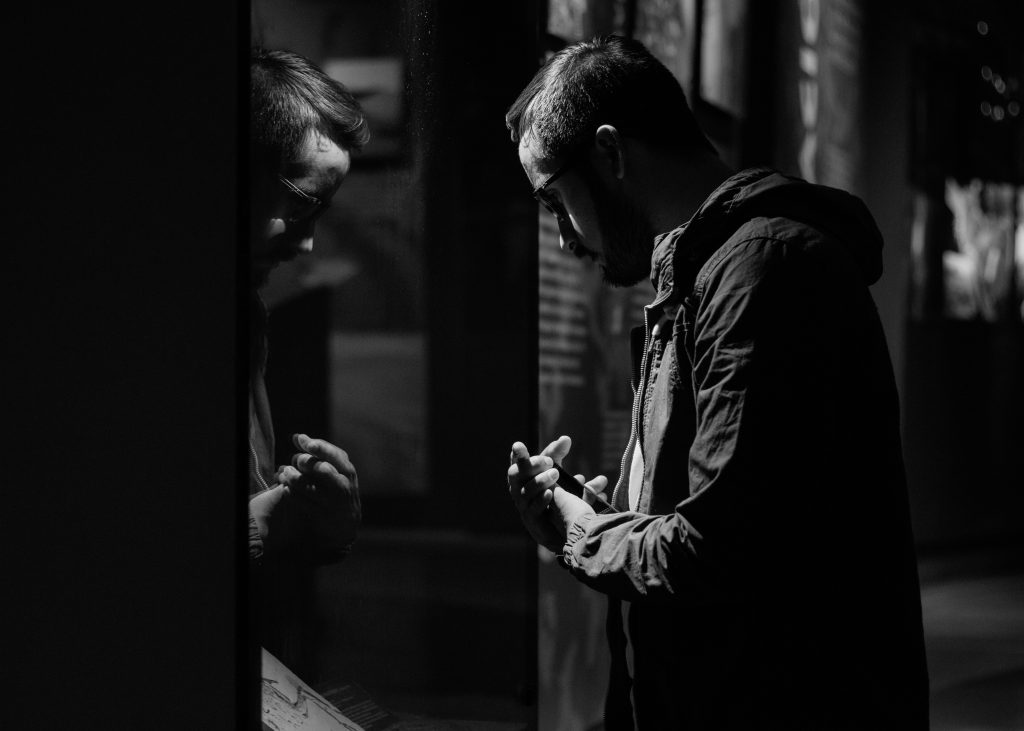“Make Our Environments More Nurturing”
Those are the words of Anthony Biglan, author of The Nurture Effect. They represent a motto supported by the fact that there is an effective behavioral intervention for every stage of one’s development: From before conception and through adulthood.
If you don’t believe me, then look no further than ABAI’s 47th Annual Convention. Really. Peruse the program here and you will find the basic, translational, and applied science that makes our environments more nurturing. You’ll see that Biglan is part of the symposium titled: Building a Coalition to Amplify the Impact of Behavioral Science. It’s a coalition to make our environments more nurturing, and it includes powerhouses such as:
- The Association for Behavior Analysis International
- The Association for Contextual Behavior Science
- The Association for Positive Behavior Support
- The Evolution Institute
- The National Prevention Science Coalition
- The Society of Behavioral Medicine
All good company, and for good reason! The aim of the coalition is to positively impact society with the growing knowledge-base that is behavioral, evolutional, and functional to its core. We know what works for individuals, families, schools, and communities, but it will take a coalition to implement it.
It will take coalition to make our environments more nurturing.
Why Nurturance?
By Biglan’s assessment, nurturance is at the heart of every effective intervention and prevention strategy. Prosociality is another word for it, but technically we are talking about the reduction of coercion and amplification of reinforcement for cooperative behavior. Nurturance is what happens when we richly reinforce the prosocial behavior of children in our homes, schools, and communities. Nurturance is what you want to see when you visit your grandparents’ nursing home, not neglect.

Evolving Our Future with the Science of Behavior
The science of behavior envisioned by B.F. Skinner is evolutionarily informed and pragmatic. It is why behavior analysts are presently Acting to Save the World from a climate crisis and social injustices like race and gender discrimination. If they are not working at the scale of the world, then behavior analysts are Promoting Health, Wellness, and Safety in various workplaces. For example, to reduce readmission rates in a medical center and to identify behaviors that control COVID-19 infection rates.
And if that isn’t enough, then consider that behavior analysts are also using what they know about the contingencies of reinforcement and behavioral economics to address Health-Related Behaviors and Problematic Mobile Phone Use. The decision to diet, exercise, or put down the phone is complicated by the competing contingencies that are immediately reinforcing. If you’re like me, then you forgo exercise for a sedentary scroll—Twitter in the one hand and a drink in the other. I need all the contingency management I can get!

The science of behavior is not all about us humans though. We share this biosphere, and if it weren’t for our nonhuman counterparts, then we wouldn’t know half as much as we do about behavior. When behavior analysts aren’t making their own environments more nurturing, they are using Behavior Analysis as an Animal-Care Tool in Zoos and Aquariums. They are even studying the Operant Conditioning of a “Living Fossil”, the Lake Sturgeon, with the implication that they will be able to contribute to its conservation. As it turns out, Lake Sturgeons prefer their nurturance in the dark.

The science of behavior, itself, is a richly reinforcing discipline. It shapes us, not just as scientists, but as siblings, parents, friends, teachers, leaders, and so much more. We can make our environments more nurturing, for better health, wellness, safety and sustainability, with the science of behavior as our guide.
